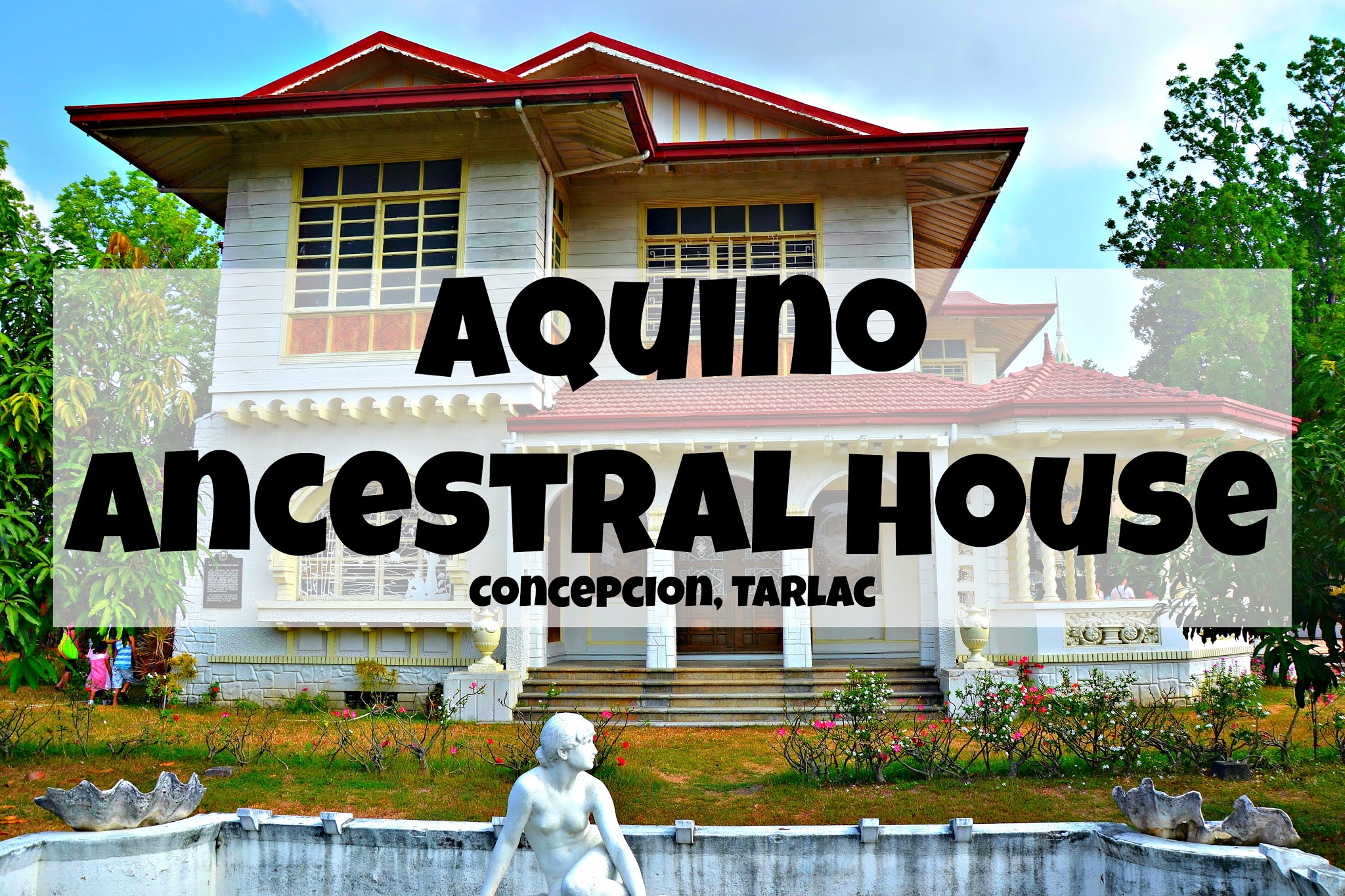Nishiokoppe Village Local Museum - Hokkaido
Nishiokoppe Village Local Museum (西興部村郷土館) is a local history museum where visitors can learn about the history of the village. It is located at 126 Nishiokoppe village in Mombetsu District, Hokkaido Prefecture, Japan.
 |
| Nishiokoppe Village Local Museum |
Nishiokoppe Village Local Museum Details
Nishiokoppe Village Local Museum offers visitors an immersive journey through the region’s fascinating history. From prehistoric times to the modern era, this museum serves as a gateway to understanding the cultural and historical evolution of this northern Hokkaido village.
 |
| Nishiokoppe Village Local Museum - Nishiokoppe village, Hokkaido Prefecture |
A Peek into Prehistoric Nishiokoppe
The Nishiokoppe Village Local Museum
presents evidence of human habitation in the area dating back over 12,000
years. One of the museum’s most notable exhibits includes artifacts from the
Oshorokko and Sakkotsu ruins. These ancient sites provide proof of the
village’s early inhabitants. The microblade cores discovered at these
locations, crafted using the unique “Yubetsu technique Sakkotsu type” and
“Oshorokko technique,” highlight the advanced skills of the region's
prehistoric people. These artifacts have earned global recognition as key
relics from Hokkaido’s Pre-Pottery period, making the museum a must-visit for
history enthusiasts.
Nishiokoppe Village Local Museum Facade
The Birth of Nishiokoppe Village: A Timeline of Development
The museum also delves into the more recent
history of Nishiokoppe, beginning with its transformation from a pioneering
settlement to the village it is today. Visitors can explore how, in 1869, the
area known as Ezo was renamed Hokkaido and how this signaled the beginning of
major development. In 1874, the establishment of ten villages in Monbetsu
County laid the groundwork for the creation of Okoppe Village, which would
later become Nishiokoppe.
The Nishiokoppe Village Local Museum’s exhibits highlight key moments in the village’s growth, including the first settlement efforts in the early 1900s and the eventual formation of Nishiokoppe as an independent village in 1925. Through photos, documents, and artifacts, visitors can trace the evolution of the village’s economy, from timber to agriculture, and its eventual shift toward dairy farming.
 |
Agriculture and Industry: The Heart of Nishiokoppe’s Economy
The museum showcases the transformation of
Nishiokoppe’s agricultural practices. Early settlers focused on growing crops
for survival during the harsh winters, but over time, agricultural methods
shifted to meet changing demands. In 1914, the museum highlights the rise of
cash crops like beans and mint, and later, the introduction of dairy farming in
the 1960s, which became the cornerstone of the village’s economy.
Through detailed exhibits, visitors can learn about the critical role timber played in the village’s prosperity during the early 20th century and how it became a hub for the logging industry. The museum also explores how the village adapted to challenges like forest fires and the effects of typhoons by adopting sustainable forestry practices in recent years.
Cultural Heritage and Education in Nishiokoppe
The Nishiokoppe Village Local Museum also
offers insights into the region’s educational and cultural development.
Visitors can explore the early establishment of educational centers in the
village, starting in 1909 with the opening of Kamiokobe No. 1 and No. 2
Educational Centers. Over time, these centers evolved into schools that served
the growing population of settlers. The museum takes visitors through the
impact of wartime on education and how the post-war era led to a shift toward a
democratic educational system.
Nature and the Changing Landscape of Nishiokoppe
Another fascinating aspect of the
Nishiokoppe Village Local Museum is its focus on the region’s changing natural
environment. Early settlers arrived in a lush primeval forest, home to giant
trees and diverse wildlife. The museum showcases the impact of forest fires,
typhoons, and other natural events on the landscape and how the village
adapted by planting fast-growing species like larch and pine to restore the
forest cover.
Through the museum’s displays, visitors can learn about the ecological changes that have shaped the area’s vegetation, from the once-dominant broadleaf trees to the current mixture of coniferous and broadleaf species.
Nishiokoppe Village Local Museum Exhibits*
Mint Industry: A Brief but Important Chapter
The Nishiokoppe Village Local Museum also offers a look into the village’s brief but prosperous mint industry. Mint cultivation began in 1913, and at its peak, the village saw the rise of “mint millionaires.” The museum highlights the role mint played in the local economy, its rapid decline after the war, and the eventual end of mint cultivation by 1979.
Team Nicerio visits Nishiokoppe Village Local Museum
My daughter and I visited Nishiokoppe Village Local Museum for the first time last July 15, 2023, which was the first day of our Father and Daughter Road Trip # 5. It was also my 621st day here in Japan as an ALT under the JET Programme. I made sure to include museums in our itineraries as I want my daughter to love history like I do.
I’m happy to share that during our visit,
we both enjoyed looking at the exhibits and learning about the rich history of
Nishiokoppe.
Nishiokoppe Village Local Museum Admission Fee
Admission to the Nishiokoppe Village Local Museum is completely FREE. Visitors are welcome to enter by simply signing in at the reception desk.
Nishiokoppe Village Local Museum Operating Hours
The Nishiokoppe Village Local Museum is
open seasonally from May 1st to October 31st and remains closed during the
winter months. During its open season, the museum welcomes visitors daily
except on Tuesdays, with operating hours from 8:30 AM to 5:00 PM.
Why visit Nishiokoppe Village Local Museum?
The Nishiokoppe Village Local Museum is a
must-visit for anyone who enjoys exploring the history of the places they
travel to. The exhibits are thoughtfully preserved and neatly organized,
offering a clear glimpse into the village’s past. Plus, with free admission,
it’s an accessible and rewarding stop for history lovers.
Getting to Nishiokoppe Village Local Museum
From Nayoro Station, board the Okoppe Sen bus of the Meishi Bus Company. Board down at Nishiokoppe bus stop and walk for about 210 meters going to Nishiokoppe Village Local Museum.
Travel time: 1 hour and 12 minutes
Fare: 1,190 yen
You can use this Meishi Bus timetable for your visit:
To Okoppe from Nayoro - LINK
To Nayoro from Okoppe - LINK
Ratings
| Crowd |
| Cleanliness |
| Overall rating |
 |









































Comments
Post a Comment